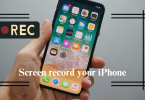On an average day, we deal with different barcodes over a dozen times without paying much attention to them. We all got used to linear barcodes on goods and groceries and QR-codes in the COVID era in some countries. Barcodes are usually generated by a special part of the software that helps to turn data from the database into a document or an image, such as FastReport. Let’s have a closer look at other types of barcodes that arу serving us every day by storing information about us and things and services that we use.
1. PDF-417 barcodes
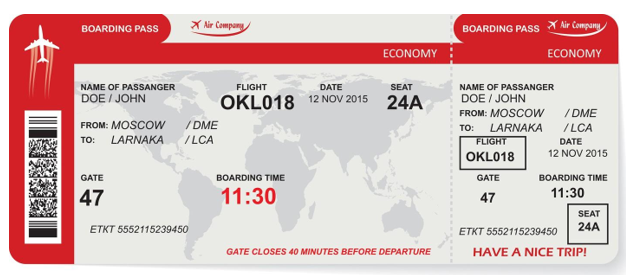
When printing our boarding passes the airline has to solve the problem of creating a ticket that is unique and can be verified but at the same time not placing the passenger’s data on it. The solution is in PDF-147.
When we see “PDF” – our mind immediately goes to the famous document format, but in fact, this barcode is capable of something more interesting. The most common way to utilize it is for identity information, as well as reporting and storing goods.
2. EAN-13 barcodes
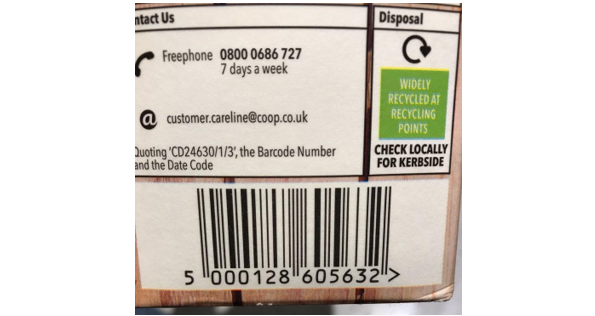
When we come to a supermarket the variety of products can be overwhelming, but have you ever looked at the barcode? Most commonly merchandise is coded with EAN-13 (European Article Number, created to code goods and manufacturer ID). The First 3 letters encode the country, for instance, 00-09 is the USA, 500 is the UK, 400-440 is Germany, and 590 is Poland.
By the way, there are a couple of myths about barcodes that we are ready to debunk.
Myth 1. If a product has a barcode on it, it guarantees the quality of the product.
Barcode has nothing to do with the quality of the product. For a consumer, it can only show the country of origin. EAN-13 was created for manufacturers and sellers for the convenience of bookkeeping.
Myth 2. Barcodes hold some “hidden meaning” about the manufacturer, color of the package, best before date, and so on.
Let’s virtually go to a store, buy a carton of the OJ, and take a picture of the barcode on it. Then wait for 6 months and do the same things again. If we compare the barcodes the results will be identical. If there was actually encoded some information about the best before date, then the barcodes would be different.
In fact, encrypted in EAN-13 is only a unique number, that searches through the manufacturer catalog and shows us the information from it. Without the catalog, we won’t have any information. Once again, it’s just a number.
Myth 3. If the product is not found in the GEPIR registry it’s fake
The explanation for this is quite simple: each country has a different set of rules regarding information disclosure. According to it a company on certain occasions has a right to decide whether it wants to provide the data.
Also Read: Windows Can’t Communicate With the Device or Resource – Fix
3. Pharmacode
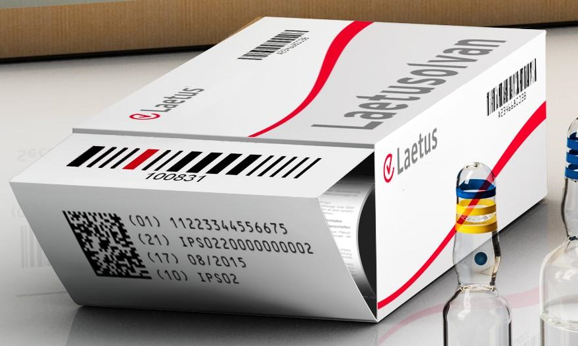
If we are unlucky enough to get sick then we probably will need some medicine. And there are some special barcodes for that too!
Pharmacode is a very special barcode for medicine packages. It is easily read with the help of special identifiers and is very convenient for registering pharmaceutical supplies.
Its main features:
- Encoding whole numbers from 3 to 131070.
- The number is encoded in binary format: each narrow stripe means a zero in binary code and each wide one means one.
- Barcode is read right-to-left, which makes it stand out from the rest of the linear barcodes
- Pharmacode can be printed in different colors (the code and the background).
Speaking of the last one: we are used to seeing that barcodes are usually black and white. But there exist several specifications of code and background color combinations that are used for different types of scanners. For example, the usual black and white scanners are able to read code and background that contrast to each other, while specialized ones can work with any color.
4. Data Matrix
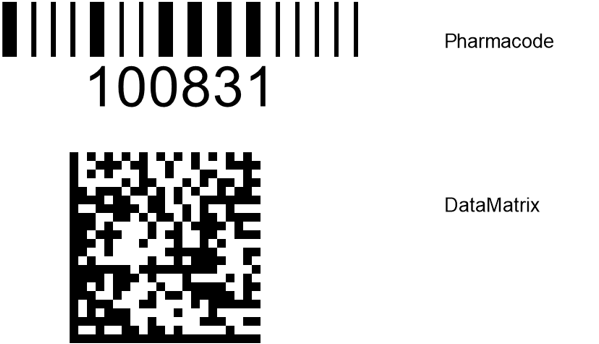
The next quite popular barcode catches our eye with a lot of tiny squares. However, it’s not a well-known QR-code but his “brother” Data Matrix. Here is how to distinguish them:
- Data Matrix can be presented as a square or rectangular, as well as a group of them. While QR-code has a strict square shape.
- Data Matrix can be recognized by the 2 straight lines.
In other aspects they are alike, but only the Data Matrix is chosen for the marking of goods. The reason for that is the size: the minimal size of the Data Matrix is 0.2 by 0.2 inches (0.5×0.5 cm), and QR-code has the minimal dimensions of 0.8 by 0.8 inches (2×2 cm). Smaller barcodes are much easier to display in a limited package area.
More From us: Retrieving Data. Wait a Few Seconds and Try to Cut or Copy Again – Fix
5. Aztec

Aztec-code is a subtype of QR-code. The cool name comes from central America. If you have a close look at the barcode you will see something looking like a square target, which in fact, is an Aztec pyramid (seen from above). The square is used to determine the center of the code and its orientation.
The main advantage of this code is the ability to be scanned regardless of how it’s placed and oriented. You can rotate or even mirror it – Aztec will be scanned with no problem, thanks to navigating markers. The central square also allows successful scanning of distorted or stretched images.
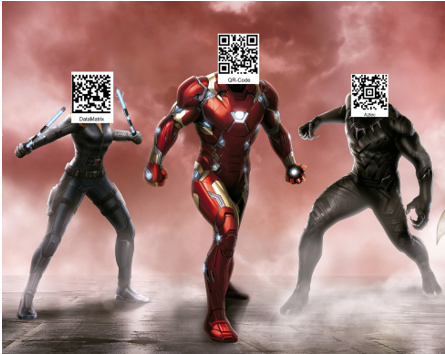
Aztec is commonly used in train tickets: Tehran Metro, Eurostar, Deutsche Bahn, TCDD Taşımacılık, DSB, České dráhy, Slovak Railways, Slovenian Railways, Croatian Railways, Trenitalia, Nederlandse Spoorwegen, PKP Intercity, VR Group, National Rail, Via Rail, Swiss Federal Railways, SNCB, and SNCF. The code is scanned as a ticket confirmation.






